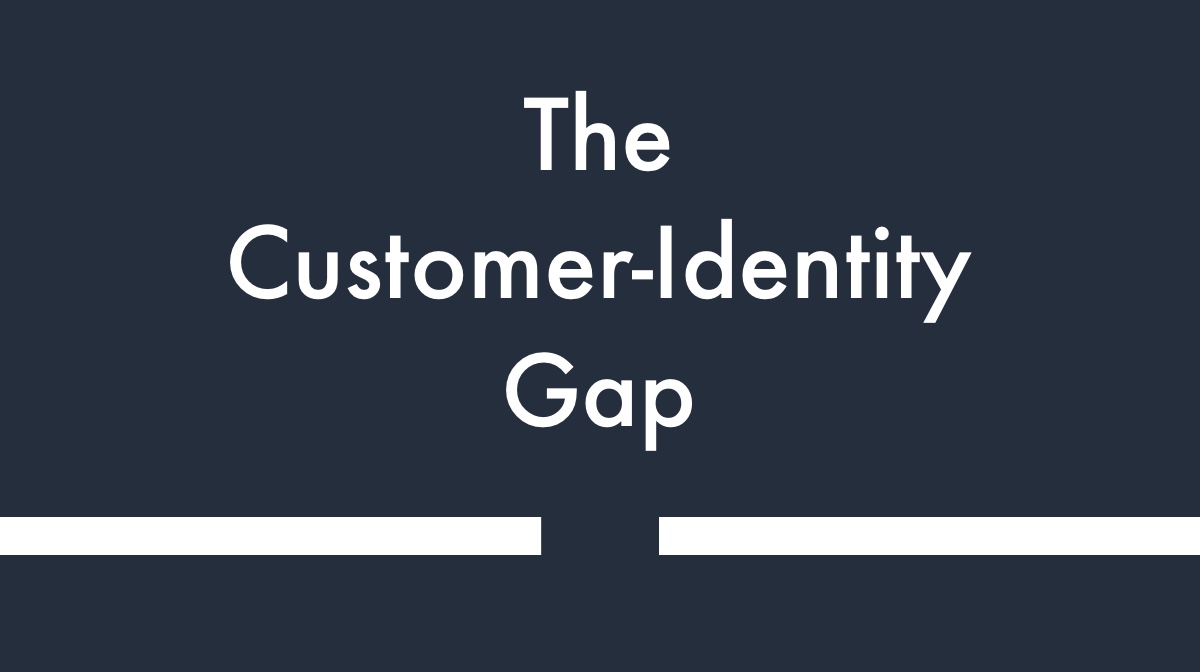It may be tempting to think of services such as AirBnB, Lyft, and eBay as nothing more than a layer between customer and supplier. That all they’ve done is created tools that allow for more efficient transactions between members of a marketplace.
E.g. Suppliers get payment processing taken care of and easy access to customers. Customers get an instant, unified browsing experience and/or consistency in service.
But these services do much more than that. What they’re really doing is solving the customer-identity gaps.
Identity Gaps in Short-Term Transactions
Taxi drivers have little information at their disposal to help them determine whether a potential fare will lead to a mutually beneficial transaction.
When they pull up to someone hailing them from a curb, the only information they have about that person is based on location and demographics. Nothing else.
These details offer them little-to-no help.
They certainly don’t know whether they’re putting themselves in a position to be robbed or harmed, let alone duped. What they needed was an answer to the question, “who is this person I’m picking up?”
Lyft does this for them. The more ratings a passenger gets, the more informed drivers will be.
This specific information gap is important to solve for one-off transactions. It’s not important for transactions that are built over time.
Identity Gaps in Long-term Relationships
For example, a grocery store does not need to know what other grocery stores think of a new customer who’s about to walk through their doors. They’re in the business of building relationships.
They offer specific products in a specific environment to a specific type of customer. The information gaps they’re interested in are focused on desires and hopes and outlooks.
eBay manages risk for buyers and sellers – by validating financial and production transactions. This is a huge value for everyone.
Markets tend to work best when information is as open as possible. When all parties involved have an understanding of what is necessary for a successful transaction.
What's the key takeaway?
It's not only critical to understand your market and customer better than anyone else, but for you to help your customers understand you and, more specifically, how you help them. If customers don't understand you or your brand, at a foundational level, they will not think of you when they are in need and ready to buy.
